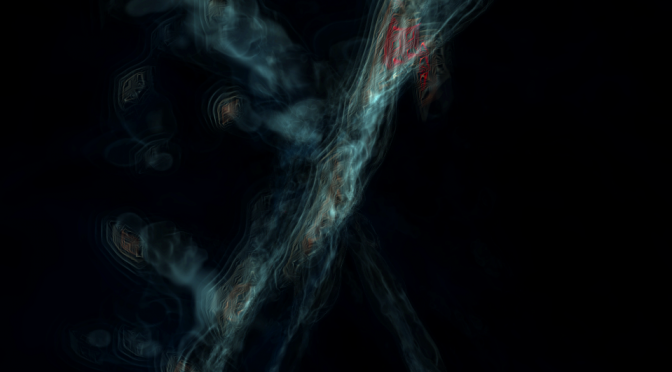Today, we have submitted a paper (arXiv) on the initial growth of massive black hole seeds to The Astrophysical Journal.
The growth of supermassive black holes (BHs) has been intricately linked to galaxy formation and evolution and is a key ingredient in the assembly of galaxies. In this study, we investigate the growth of massive BHs at high redshift. In particular, we simulate direct collapse formation scenario, where a massive BH seed forms from the collapse of a primordial gas cloud that is kept from cooling by a strong UV radiation field. In these simulations, for the first time, we take into account the effects of X-ray feedback during the initial growth of the massive seed. We include many other relevant physical processes, such as star formation and feedback and the shielding of radiation that can dissociate molecular hydrogen and/or ionize hydrogen and helium. We follow the growth of the central massive BHs for 100 million years, and we find that the maximum accretion rate is determined by the local gas thermodynamics, whereas the duty cycle is determined by the gas reservoir from which the BH feeds. We conclude that radiative feedback from the central BH plays an important role in star formation in the nuclear regions and stifling initial BH growth, relative to the typical Eddington rate argument, and that initial BH growth might be affected by the local radiation field. This further complicates the explanation for the existence of supermassive BHs in the early universe.
